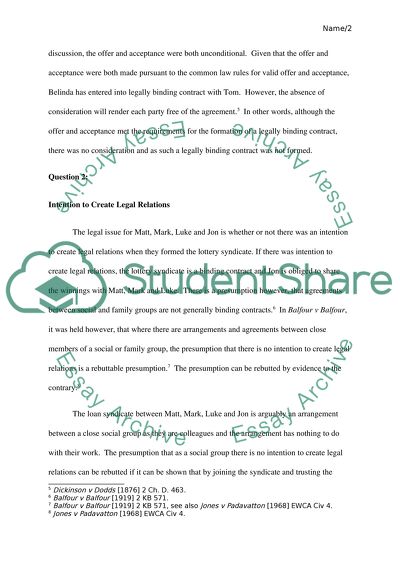Cite this document
(“Offer and Acceptance. Intension to Create Legal Relations Essay”, n.d.)
Retrieved from https://studentshare.org/law/1403835-combined-assignment-part-one-and-two
Retrieved from https://studentshare.org/law/1403835-combined-assignment-part-one-and-two
(Offer and Acceptance. Intension to Create Legal Relations Essay)
https://studentshare.org/law/1403835-combined-assignment-part-one-and-two.
https://studentshare.org/law/1403835-combined-assignment-part-one-and-two.
“Offer and Acceptance. Intension to Create Legal Relations Essay”, n.d. https://studentshare.org/law/1403835-combined-assignment-part-one-and-two.


